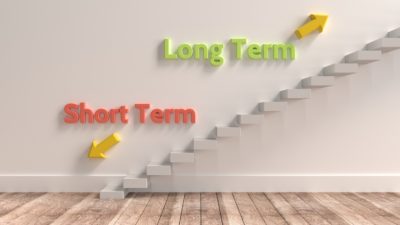Giant pharmaceutical companies have had a tricky few years. As the blockbuster drugs that fuelled their meteoric rise have lost patent protection, they have become vulnerable to competition from generic manufacturers who can turn out unbranded pills more cheaply.
For a company like AstraZeneca (LSE: AZN) (NYSE: AZN.US), that’s raised questions about how it will shore up its sliding sales. Turnover has already fallen from nearly £22bn in 2008 to £17bn last year.
One option is to hope that new wonder pills can pop off the production pipeline, and indeed that’s what’s happened over at GlaxoSmithKline. However, AstraZeneca is judged by many analysts to be some way behind its arch-rival at getting over the so-called ‘patent cliff’, which could mean a few more lean years for revenues and profits unless something else is done.
So another appealing option for the pharmaceutical giants has been to deploy their financial reserves to buy-in or bulk up in promising areas for growth.
And that’s just what AstraZeneca has done, striking a deal with US company Bristol-Myers Squibb to acquire ownership of the pair’s diabetes treatment joint venture.
A $4bn bet
AstraZeneca could pay up to $4.1bn for the 50% of the joint venture it doesn’t already own. A cool $2.7bn will be payable on completion of the deal, and a further $1.4bn is likely to be forked out as various milestones and targets are hit.
The joint venture didn’t last long. The collaboration began in 2007, but it only really achieved scale in summer 2012, when AstraZeneca and Bristol-Myers teamed up to acquire Amylin Pharmaceuticals for around $7 billion. Among other things, Amylin had developed an appealing new drug that reduced the number of daily injections that diabetes patients required from two to one.
The firms paid roughly $3.4 billion each for a 50% share in what was hailed by some industry observers as an innovative joint venture, but sales and the progress of other drugs in development have disappointed.
What’s the deal with diabetes?
Why, then, would AstraZeneca want to double down on diabetes?
Well, for starters it’s a growing menace. Already some 350m people suffer from the condition, but the number is forecast to grow to over 550m by 2030. Around two-thirds of these patients live in emerging markets, which gives the drugs company an especially attractive demographic to tap into.
That’s the long-term story; in the short term, AstraZeneca will try to be more nimble and efficient in exploiting the diabetes treatments the venture has developed. This isn’t an idle hope. The pharmaceutical giants achieved their enormous size – AstraZeneca is a £45bn company, remember – precisely because it’s a business where economies of scale matter.
In addition, Bristol-Myers Squibb wanted out, as it seeks to focus on other diseases such as cancer. Hence the price was probably right for the UK behemoth.
Dividend safe, says AstraZeneca
Of course, $4.1bn is a lot of money even for a huge company like AstraZeneca. The firm has a strong balance sheet, however, and says it can finance the deal from its existing spare cash and credit facilities.
Net debt will increase, but given the company’s mighty cashflow that won’t be a worry for now. The company says it will maintain its progressive dividend policy, and claims the deal – which should complete in January – will be neutral for earnings expectations in 2014.
With the shares on an attractive dividend yield of around 5% and looking fairly good value with a P/E ratio of 12, it is little wonder AstraZeneca’s share price rose on the news. However, the real test of whether treating diabetes can help the company staunch its haemorrhaging revenues will take many years to play out.






